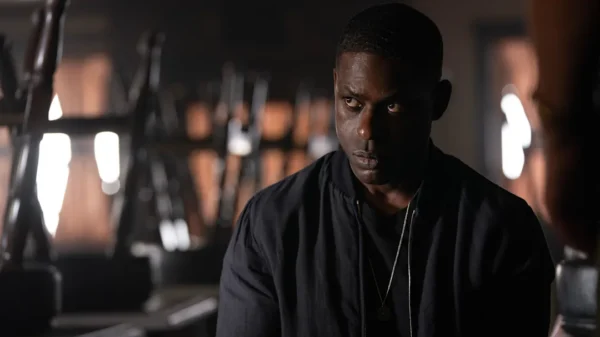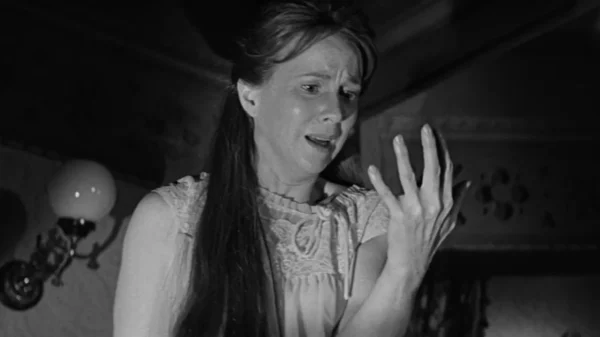Paddington’s New Adventure in Peru: A Heartwarming Journey with Familiar Charm
The beloved bear in the blue coat is back, embarking on a journey that takes him to his homeland of Peru. Paddington in Peru, directed by Dougal Wilson, continues the feel-good storytelling that has made the series a favorite among audiences of all ages. While it follows a familiar formula, the film delivers warmth, humor, and a few surprises, ensuring a delightful viewing experience.
A New Adventure with Familiar Faces
Ben Whishaw returns as the voice of Paddington, capturing the bear’s signature politeness and gentle spirit. This time, Paddington travels to Peru in search of his Aunt Lucy, who has mysteriously disappeared from her retirement home in the Amazon. Accompanying him on this journey are the Brown family—Mr. Brown (Hugh Bonneville), Judy (Madeline Harris), Jonathan (Samuel Joslin), and a newly re-cast Mrs. Brown, played by Emily Mortimer, replacing Sally Hawkins.
The casting change is noticeable, with Mortimer offering a softer and more reflective portrayal of Mrs. Brown. While Hawkins infused the character with a sense of adventurous enthusiasm, Mortimer brings a more nurturing presence. This shift adds emotional depth, particularly in exploring themes of change and motherhood. As the Brown children prepare for college, the film subtly reflects on transitions within families, making this journey bittersweet for everyone involved.
A Treasure Hunt with a Deeper Meaning
Along the way, Paddington and the Browns meet Hunter Cabot, played by Antonio Banderas, and his daughter Gina, played by Carla Tous. Cabot, a charismatic guide, introduces them to a mysterious journal that hints at the lost city of El Dorado. This adventurous subplot provides excitement, though it follows a somewhat predictable path reminiscent of classic treasure-hunting tales. However, beyond the thrills, the film explores deeper themes, including heritage, identity, and the meaning of belonging.
The humor remains consistent with previous Paddington films, filled with well-timed slapstick moments and the lovable bear’s signature misadventures. While some comedic beats are reminiscent of earlier films, the film’s execution ensures it remains engaging. Paddington’s unwavering optimism continues to be the heart of the story, keeping audiences invested in his journey.
The Emotional Payoff
Where Paddington in Peru truly excels is in its emotional storytelling. As the film progresses, it delves into themes of family, change, and the concept of home. Mrs. Brown’s struggle with an empty nest mirrors Paddington’s realization that home is not just a place but the people who love and accept you. These heartfelt moments make the film resonate with both children and adults, evoking a genuine emotional response.
Additionally, the narrative subtly touches on historical themes, particularly through Cabot’s storyline, hinting at generational burdens and colonial history. While these themes do not dominate the film, they add an extra layer of meaning for viewers who look beyond the surface.
Final Verdict
Paddington in Peru may not be as meticulously crafted as its predecessors directed by Paul King, but it retains the charm and warmth that have made the series so endearing. Despite its predictable elements and familiar comedic approach, the film’s emotional core remains strong, ensuring a deeply moving experience.
At its heart, the film is a celebration of kindness, love, and the idea that home is wherever one is accepted. Whether you are a longtime fan or new to Paddington’s adventures, this film promises to deliver laughter, heartfelt moments, and a touch of nostalgia. If the reviewer found themselves reaching for tissues, there is a good chance audiences will too.












































